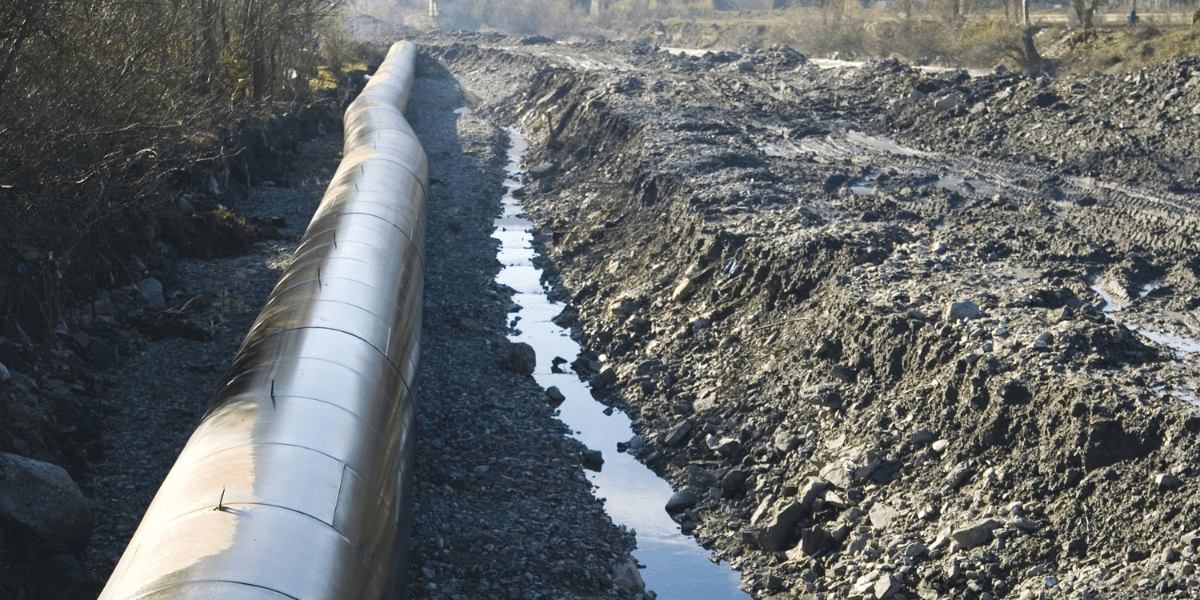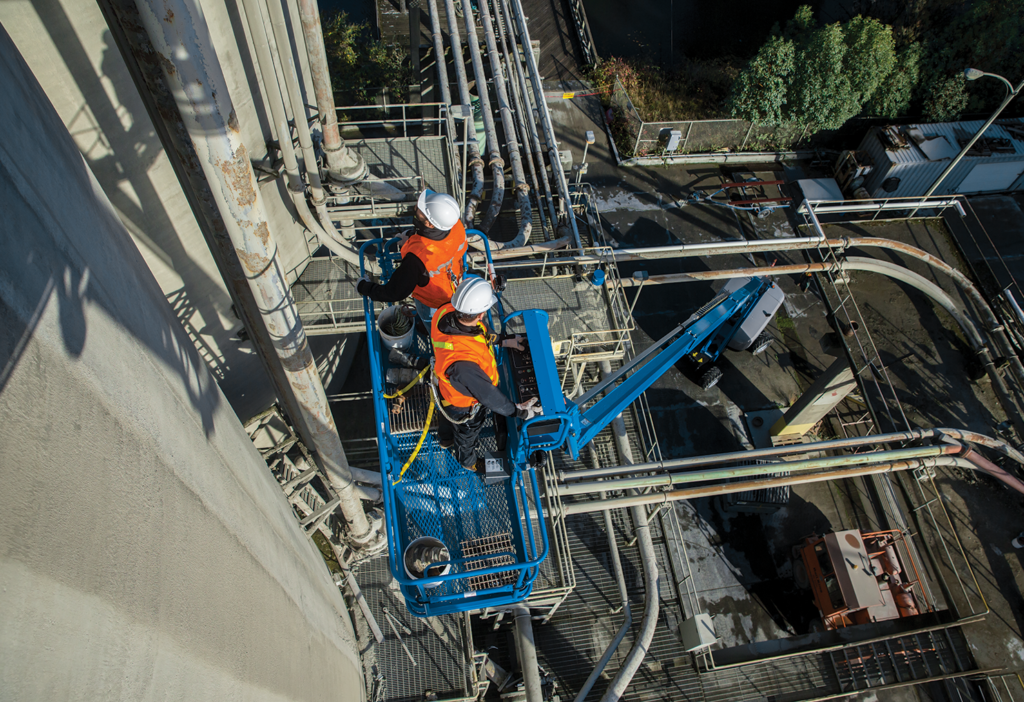Superior Rentals midland: regional advantage for oil and gas
A Comprehensive Guide to the Various Sorts Of Oil Field Equipment and Pipeline Equipment Available
The oil and gas market depends greatly on customized devices for efficient extraction and transportation. Various kinds of equipment, from piercing rigs to tank, play crucial roles in this intricate process. Each piece of equipment serves distinct features that add to total operational success. Understanding these components is necessary for any person associated with the market. As the market evolves, so also do the modern technologies that sustain it. What improvements are on the horizon?

Drilling Rigs: The Foundation of Oil Expedition
Drilling rigs offer as the crucial machinery in the domain of oil expedition, enabling companies to accessibility hydrocarbon books buried deep beneath the Earth's surface. These rigs are available in various types, including land rigs, offshore rigs, and mobile units, each made to run in particular atmospheres. Equipped with innovative technology, piercing rigs can penetrate geological developments with precision, making sure reliable source removal. The structural honesty and functional capabilities of these rigs are vital, as they must stand up to severe problems and significant pressures. Moreover, the option of a drilling gear influences the general job expense and timeline, making it an essential factor to consider for oil firms seeking to maximize their exploration initiatives and make the most of productivity in their procedures.
Pumps: Important for Fluid Motion
In the oil removal process, the role of pumps is considerable, promoting the motion of fluids throughout various stages of manufacturing. Pumps are vital for transferring crude oil, water, and various other fluids from underground tanks to the surface and after that through pipelines to refineries. They come in numerous types, consisting of centrifugal, favorable displacement, and completely submersible pumps, each serving particular objectives based upon the fluid characteristics and functional requirements. Centrifugal pumps are commonly used for their effectiveness in high-flow applications, while favorable displacement pumps master taking care of thick fluids. The option of pump effects total efficiency, operational security, and maintenance prices. Correct option and upkeep of pumps are crucial for enhancing production and lessening downtime in oil area procedures.
Valves: Controlling Flow and Pressure

Valves play a crucial duty in handling the circulation and stress of liquids within oil areas and pipes. Various kinds of valves offer distinctive applications, each designed to meet details features basic for reliable procedure - Superior Oilfield pipeline equipment rentals. Understanding the features and uses of these shutoffs is necessary for maximizing system performance and security
Types of Valves
Necessary parts in oil area operations, shutoffs play an essential duty in controlling the circulation and stress of liquids within pipes and tools. Numerous kinds of valves are utilized to satisfy the diverse demands of oil and gas production. Common types consist of entrance shutoffs, which give a straight-line circulation and very little pressure decline; globe shutoffs, recognized for their throttling capabilities; and ball shutoffs, identified for their quick on/off control. In addition, check shutoffs stop backflow, while butterfly shutoffs offer a lightweight service for managing circulation. Each shutoff kind is made with particular products and arrangements to stand up to the severe conditions usually discovered in oil fields, guaranteeing dependability and performance in operations. Comprehending these types is important for reliable system management.
Valve Applications and Functions
While different kinds of valves offer unique functions, their primary applications revolve around controlling flow and stress within oil and gas systems. Valves such as gate, globe, and round shutoffs manage liquid movement, making sure peak performance and security. Gateway shutoffs are typically made use of for on/off control, providing marginal circulation resistance. World valves, visit here on the other hand, deal precise flow guideline, making them suitable for throttling applications. Ball valves are preferred for their fast operation and tight sealing abilities. On top of that, stress safety valve are important for stopping system overpressure, protecting tools integrity. Generally, the ideal option and application of shutoffs boost operational efficiency, guaranteeing the reputable transportation of oil and gas with pipes and handling facilities.
Compressors: Enhancing Gas Transport
Compressors play a vital role in the effective transport of natural gas, making sure that it relocates smoothly through pipes over long ranges. These tools enhance the stress of all-natural gas, allowing it to conquer friction and altitude changes within the pipeline system. Additionally, compressors assist in the harmonizing of supply and demand, accommodating fluctuations in intake and production prices. Various kinds of compressors are utilized in the industry, including centrifugal, reciprocating, and rotating screw compressors, each offering distinct advantages based on the operational requirements. Normal maintenance of these compressors is vital to take full advantage of performance and decrease downtime, eventually adding to a dependable gas transportation network. Their critical function underscores the value of compressors in the general oil and gas framework.
Storage Tanks: Safe and Effective Liquid Monitoring
Reliable transport of gas counts on different sustaining systems, one of which is the correct management of tank. These storage tanks play a necessary function in securely containing liquids, making sure that functional effectiveness is kept while minimizing ecological threats. Constructed from long lasting products, they are designed to stand up to high pressures and corrosive aspects. Appropriately sized and tactically situated, tank promote the smooth flow of all-natural gas and other liquids, preventing bottlenecks in supply chains. Regular maintenance and monitoring are vital to find leakages or structural concerns, advertising safety and compliance with governing requirements. Inevitably, the reliable monitoring of storage containers is essential for the total stability and reliability of the oil and gas industry's fluid handling systems.
Pipeline Solutions: Infrastructure for Transportation
Pipeline systems offer as the backbone of the oil and gas industry, facilitating the reliable transport of hydrocarbons over vast ranges. These systems contain different components, consisting of pipelines, valves, pumps, and compressors, all carefully developed to assure seamless flow. The products made use of in pipeline construction, often steel or high-density polyethylene, are chosen for sturdiness and resistance to corrosion. Pipeline networks can extend across land and water, attaching manufacturing sites to refineries and warehouse. Additionally, progressed modern technology makes it possible for real-time tracking of circulation prices and pressure levels, boosting functional efficiency. The critical placement of these pipes minimizes environmental impact while making best use of resource accessibility, thus playing a vital function in conference power demands globally.
Safety And Security Equipment: Making Certain Employee and Environmental Management
The procedure of pipeline systems, while important for power transport, additionally provides substantial safety and security difficulties for employees and the setting. Safety and security tools plays a substantial role in minimizing these dangers. Individual protective tools (PPE) such as headgears, gloves, and non-slip shoes safeguards workers from physical threats. Additionally, gas detection systems check for leakages, making sure that harmful substances do not position a threat to personnel or the surrounding community. Emergency situation closure systems are critical for rapidly stopping procedures throughout a situation, stopping possible disasters. Spill control products, consisting of absorbents and barriers, are basic for lessening ecological impact. Overall, investing in all-encompassing safety devices is crucial for maintaining operational stability and shielding both employees and the environment in the oil and gas field.

Regularly Asked Inquiries
Exactly how Do I Pick the Right Oil Field Equipment for My Task?
Selecting the ideal oil field devices involves reviewing job specs, budget restrictions, and operational demands. Take into consideration elements such as devices reliability, compatibility with existing systems, and the distributor's reputation to assure peak performance and safety.
What Are the Upkeep Demands for Oil Field Equipment?
Maintenance requirements for oil area tools consist of normal inspections, find out here now lubrication, and timely fixings. Operators needs to likewise stick to producer standards, monitor performance metrics, and warranty conformity with safety and security laws to enhance longevity and effectiveness.

Just How Can I Make Sure Conformity With Environmental Laws?
To guarantee conformity with used motor graders for sale near me ecological guidelines, firms must carry out regular audits, execute best methods, purchase training, preserve proper paperwork, and stay updated on regulations (Superior Oilfield Rentals Texas). Cooperation with environmental agencies can likewise improve adherence to guidelines
What Is the Average Life-span of Pipeline Equipment?
The ordinary lifespan of pipeline equipment generally ranges from 20 to 50 years, depending upon aspects such as material high quality, ecological conditions, and maintenance methods. Normal inspections can considerably influence durability and functional effectiveness.
Exactly how Do I Safely Transfer Oil Field Equipment to Remote Locations?
Delivering oil area devices to remote places requires careful planning, consisting of path analysis, safeguarding permits, utilizing proper lorries, and guaranteeing security procedures are followed. Correct training and communication amongst teams are vital for effective transport.